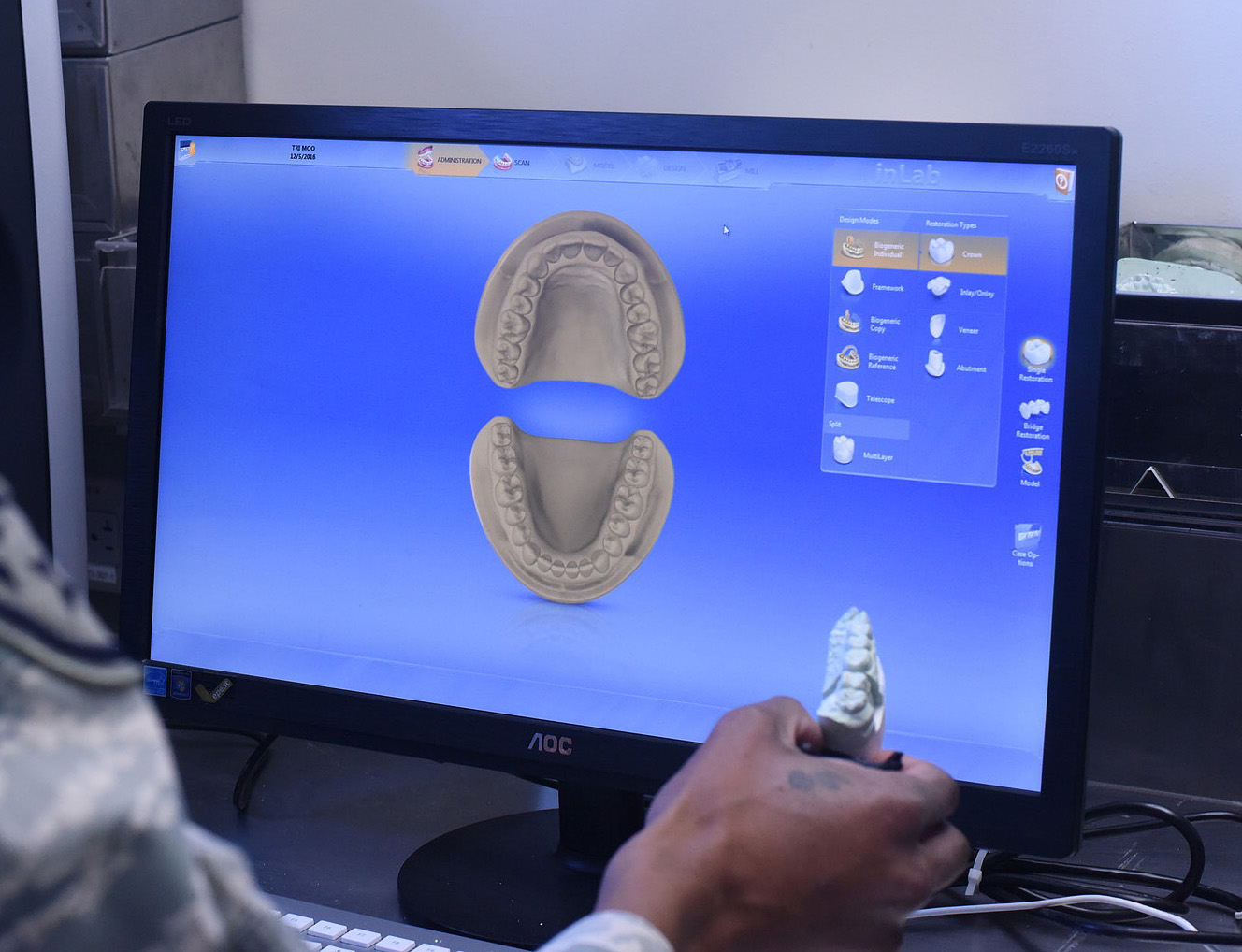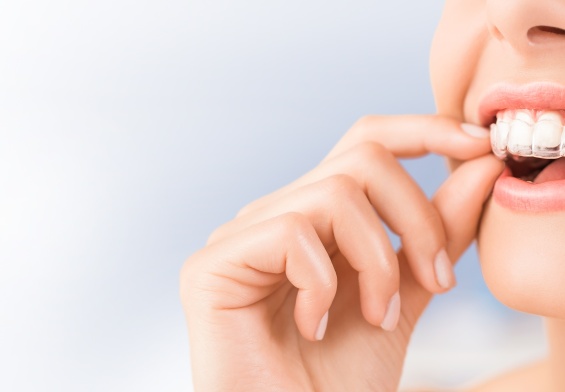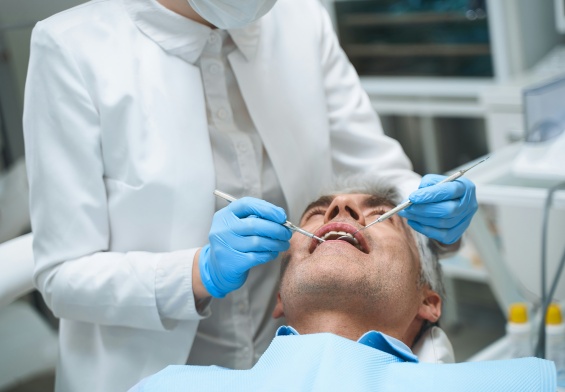A few years ago, a 3-D printer would have been unusual at a dental conference or show. Dental offices around the country had the chairside milling system in place for ages. Things have definitely changed. Now you will probably see more 3-D printers on display at dental trade shows than ever before. We are in the digital era now and the spirit of digital dentistry may require you to step out of your comfort zone.
Open Versus Closed Systems
In today’s digital dentistry there is a huge push for an “open system.” Many dentists who owned a chairside milling system in the past are accustomed to a closed system. So what is a closed system? A closed system is a system contained within the confines of one company, one software, a limited array of peripherals, such as mills and blocks. In an open system, a stand-alone design software can be utilized, then paired with a mill from any company, or a 3-D printer from a nondental company. Not only are these pairings way more affordable than those offered by dental companies, but they also allow access to technological advances that are showing up. Such advances are possible when the world works together by all means possible to find new solutions to old problems. This is happening in 3-D printing right now. There is such a variety of combinations in these open systems that many educators are trying to top one another with innovations in the field of 3-D printing, design, materials, and even milling. All of such educators are making great advances with digital design, digital implant planning, digital orthodontics, digital dentures, and improved digital workflows.
Many doctors have strong feelings against closed system technology, due to their frustration with high recurring fees and large entry costs to enter this digital world. Luckily for them there are large Facebook groups that have been designed to help doctors enter this digital era for a greatly reduced price. For instance, there’s one group that has many threads teaching doctors to virtually place implants and create their own surgical implant guides with the use of an affordable desktop 3-D printer. There’s another option such as Meshmixer, which is a 3-D design software that you can use to take a scan from your scanner, and create 3-D models, wax-ups, occlusal splints, or even dentures in the 3-D space.
3-D Printing…The New Shiny Object
For many dentists it’s important to be cautious of the need to have this new printer and evaluate whether the technology is the right fit for your office. For now, there are limited applications for 3-D printing in the dental office. The options for printers under $5k are: model production, surgical implant guides, occlusal splints, temporary restorative production, and digital dentures will soon be coming. Printers that usually cost more than $50k will provide these options more predictably. The most popular options among doctors are Form 2 and Moonray printers. These printers are under $4k which is manageable, but they currently have limitations in materials. Both of these printers are great printing models, short-term orthodontics, implant guides, some temporaries, and bite splints.
Milling Isn’t Going Anywhere
Just because there are great advancements in 3-D printing doesn’t mean milling is done for. Today’s mills have more capabilities than in the past. The growth in 3-D design software allows general dentists to create a wider range of items that could be milled. The use of design CAD software and third party milling CAM software makes it possible for the dentist to mill a wide variety of products, including acrylic, wax, zirconia, lithium disilicate, titanium, and more. These are things that a dental printer cannot do right now. A general dentist with the use of a mill can reliably and efficiently do crowns just as much as a lab can.
Four types of 3-D Printing
There are four major technologies currently available for in-office 3-D printing:
FDM (Fused Deposition Modeling) – a solid-resin plastic filament is heated and passed through a nozzle, then ejected into fine lines.
DLP (Digital Light Projection SLA) – a projected image is used to cure a full layer of liquid resin.
SLA (Laser Stereolithographic Apparatus) – a laser beam is used to cure a liquid resin in fine lines.
LCD (Liquid Crystal Diode SLA) – an LCD is used to transmit light and cure a full layer of liquid resin.
All of these techniques create a layer of cured or hardened material on a flat surface. These 2-D slices are then layered to create 3-D solid objects. 3-D printing is 2-D printing in additive layers. As with any technology, there are pros and cons of each printing modality.




